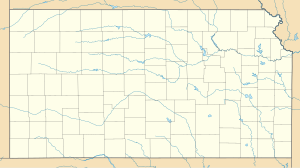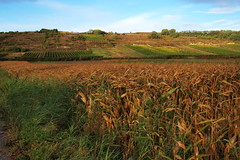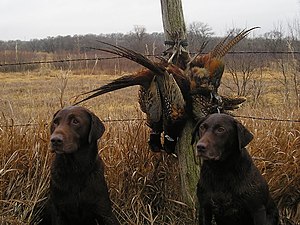 |
| CWD (Photo credit: Wikipedia) |
PRATT— The Kansas Department of Wildlife, Parks and Tourism (KDWPT) has announced that nine deer from Kansas tested positive for chronic wasting disease, seven confirmed and two presumptive, for the current test year. That total is down from 10 confirmed positive during last year’s testing. The two presumptive positive samples will be sent to the National Veterinary Services Laboratory in Ames, Iowa for confirmation. All but three of the nine deer — one from Stafford County one from Sumner County, and one from Ford County — were animals from northwestern Kansas. The Stafford, Sumner, and Ford county cases were firsts for each county. Eight of the deer were taken by hunters during the 2011 hunting seasons, and one was euthanized by a KDWPT natural resource officer after it was reported as acting sick.
Two cases were from Norton County and one each from Decatur, Ford, Rawlins, Stafford, Sumner, Trego, and Wallace counties.
All cases were white-tailed deer. This season’s testing results bring the total number of confirmed CWD cases in Kansas to 49 since testing began in 1996. In total, 2,447 animals were tested for CWD for the 2011 deer seasons. Although most testing is finished for the year, KDWPT will continue testing some vehicle-killed and sick or suspect-looking deer, as well as deer taken with depredation permits, through July 31.
Annual testing is part of an ongoing effort by KDWPT to monitor the prevalence and spread of CWD. The fatal disease was first detected in a Kansas wild deer taken in Cheyenne County in 2005.
CWD is a member of the group of diseases called transmissible spongiform encephalopathies (TSEs). Other diseases in this group include scrapie in sheep and goats, bovine spongiform encephalopathy (BSE or mad cow disease) in cattle, and Cruetzfeldt-Jacob disease in people. CWD is a progressive, fatal disease that results in small holes developing in the brain, giving it a sponge-like appearance under the microscope. An animal may carry the disease without outward indication, but in the later stages, signs may include behavioral changes such as decreased interactions with other animals, listlessness, lowering of the head, weight loss, repetitive walking in set patterns, and a lack of response to humans. Anyone who discovers a sick or suspect deer should contact the nearest KDWPT office.
“It must be noted that many symptoms of CWD are indicative of other diseases,” says KDWPT wildlife disease coordinator Shane Hesting. “A sick deer may or may not be infected with CWD. CWD is a serious deer disease but is still a rare disease in Kansas. There is no vaccine or other biological method that prevents the spread of CWD. However, there is no evidence that CWD poses a risk to humans or livestock in the natural environment.”
Still, precautions should be taken. Hunters are advised not to eat meat from animals known to be infected, and common-sense precautions are advised when field dressing and processing meat from animals taken in areas where CWD is found. More information on CWD can be found on KDWPT’s website, ksoutdoors.com or at the Chronic Wasting Disease Alliance website, www.cwd-info.org.










